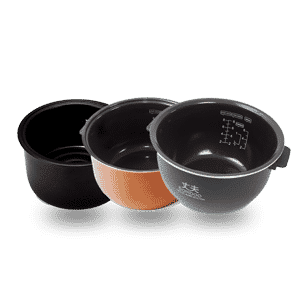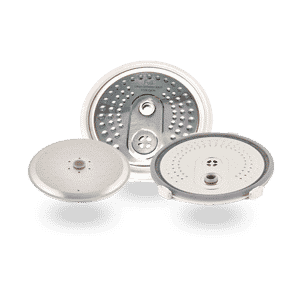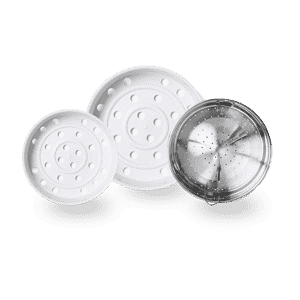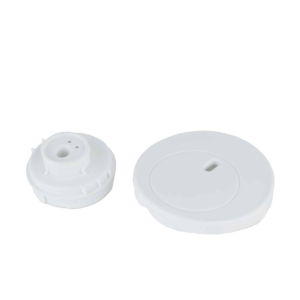Not All Rice Cookers Are Equal
From the early origins of the rice cooker in the 1920s to present day has seen a world of changes in the appearance and functions of rice cookers. It wasn’t until the 1980s that the use of microprocessors were used in the appliances and with that came the ability to develop more advanced features such as a digital display for showing cooking progress, the ability to set timers, the ability to choose more settings than just simple white rice cooking and they started looking like something from a sci-fi movie. In fact, technology documentaries in the 1980s often referred to the new types of rice cookers as a feature to show how advanced kitchen appliances were becoming in the far east – Japanese manufacturers in particular were cornering the modern day rice cooker market.
Rice Cooker Displays
LIQUID CRYSTAL DISPLAYS Liquid Crystal Displays or LCDs in the 1980s were the ‘in thing’ to have on your electronic devices. These are the types of displays found on Casio watches or calculators but were also starting to be applied to household appliances too such as rice cookers by major leading brands at the time – Zojirushi, Toshiba and Panasonic. The advantage of LCDs in these devices was that they consumed little power as they are optically passive displays which don’t themselves produce light and can operate from a very tiny battery for a long length of time. However, LCDs are not very versatile in how they can display functions and they are not visible in darkly lit rooms. The liquid in them can also become unstable and leak causing the display to be eternally ruined.
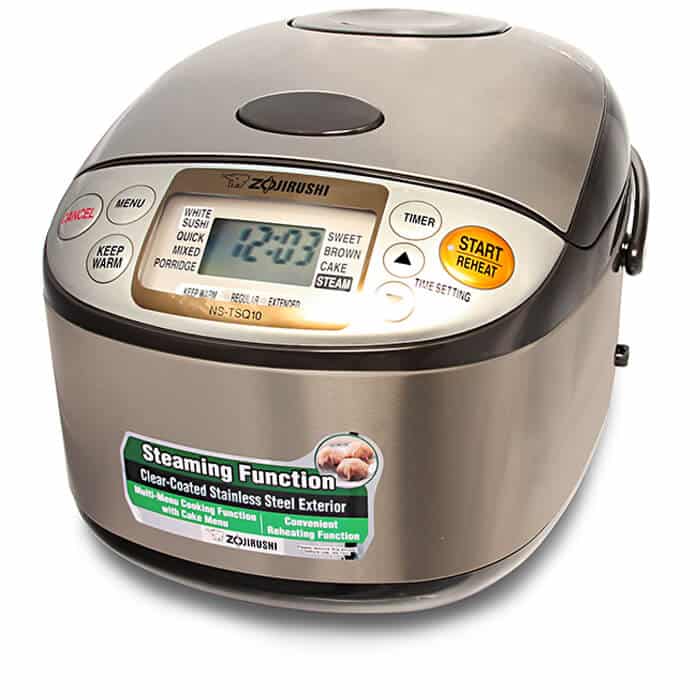
LED DISPLAYS Low Emitting Diode or LED displays didn’t really become popular until the late 1990s despite being marketed by Texas Instruments from 1962 onwards (remember those old digital red LED screens that looked hi-tech?). The reason was that this old LED technology consumed hundreds of times more power than LCDs. In the late 1990s modern LED displays erupted with much lower power consumption and began to appear in kitchen appliances in a variety of colours and styles (not just red!). However, whilst microwave ovens, cookers and other appliances utilised the new types of LED displays, the traditional rice cooker manufacturers stuck with the trusty (yet dated) LCDs.That was until the early 2000s when rice cooker manufacturers such as Cuckoo, Panasonic and Cuchen began to wow rice cooker lovers with modern LED displays. This began to change the rice cooker landscape and enabled for more functionality and easier use in your kitchen no matter how dark or bright and importantly, they were extremely energy efficient.
Modern Age Rice Cooker Displays
Rice cookers currently come with a range of low powered LED displays. The LCDs are still around (mostly used by Zojirushi or Cuckoo) but are slowly being superseded by LEDs for the simple reason that they are more reliable and can display a wider range of rice cooking functions. For example, some Yum Asia rice cookers use a modern type of control panel which they call 'MoTouch' - a combination of modern bright LED displays with touch sensitive controls that can offer multiple rice cooking functions. With the touch sensitive displays or a hybrid combination of touch sensitive and press button type rice cookers there is a move towards more hygienic function where the controls are easier to wipe down and the displays easier to read. The very latest LED displays are becoming more discrete with the very best rice cookers cleverly disguising the subtleties of the displays under surfaces or in the body of the rice cooker to give a more minimalist effect.
Rice Cooker Countdowns
'Please note though that most rice cookers have a keep warm function so when cooking is finished they automatically will preserve optimal rice temperature for serving at the end of the cook cycle'.
RICE COOKERS WITH NO COUNTDOWN
Yes some rice cookers with LCD or LED displays may still not have any type of countdown. At the very most they may just have a progress bar which shows the cooking duration. Given that most rice cookers now have a keep warm function, if you are not concerned with having your rice 'just finished' then a rice cooker with a cooker with no time countdown indicator may be okay for you.
RICE COOKERS WITH A FINAL 10 MINUTE COUNTDOWN
The majority of modern day rice cookers have some kind of countdown which appears when the last 10 minutes of cooking is happening. These types of countdowns are used in models by most major manufacturers as they are very accurate. The reason why the remaining duration of time to cooking completed is not displayed until the final 10 minutes is because the MICOM processor in the rice cookers need to time to first calculate various cooking factors. These include, ambient room temperature, starting bowl water temperature, the type of rice being cooked, the function chosen and other factors. Most rice cookers can then only accurately determine the final 10 minutes and start counting down as they take time to work out the time taking to complete cooking.
RICE COOKERS WITH A FULL COUNTDOWN
Some rice cookers attempt to show a full countdown during the rice cooking process. Normally this type of attempt to determine the cooking time remaining is inaccurate where the countdown jumps around until the final stages of cooking as the MICOM processor works out how much more cooking time is required based on the conditions of the cooking. So actually only the last 10 minutes or so is usually accurate as an indicator of remaining cooking time. Some more advanced models employ a combination of 'smarter brain' processing such as Yum Asia's UMAI IH technology which can more accurately determine the remaining cooking time and in the case of their newer Fuji model uses a LOOP countdown also to give a full countdown effect.
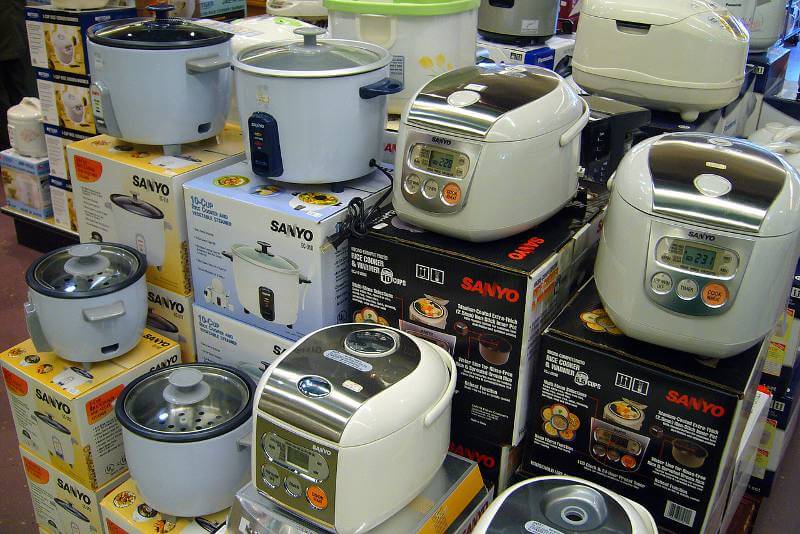
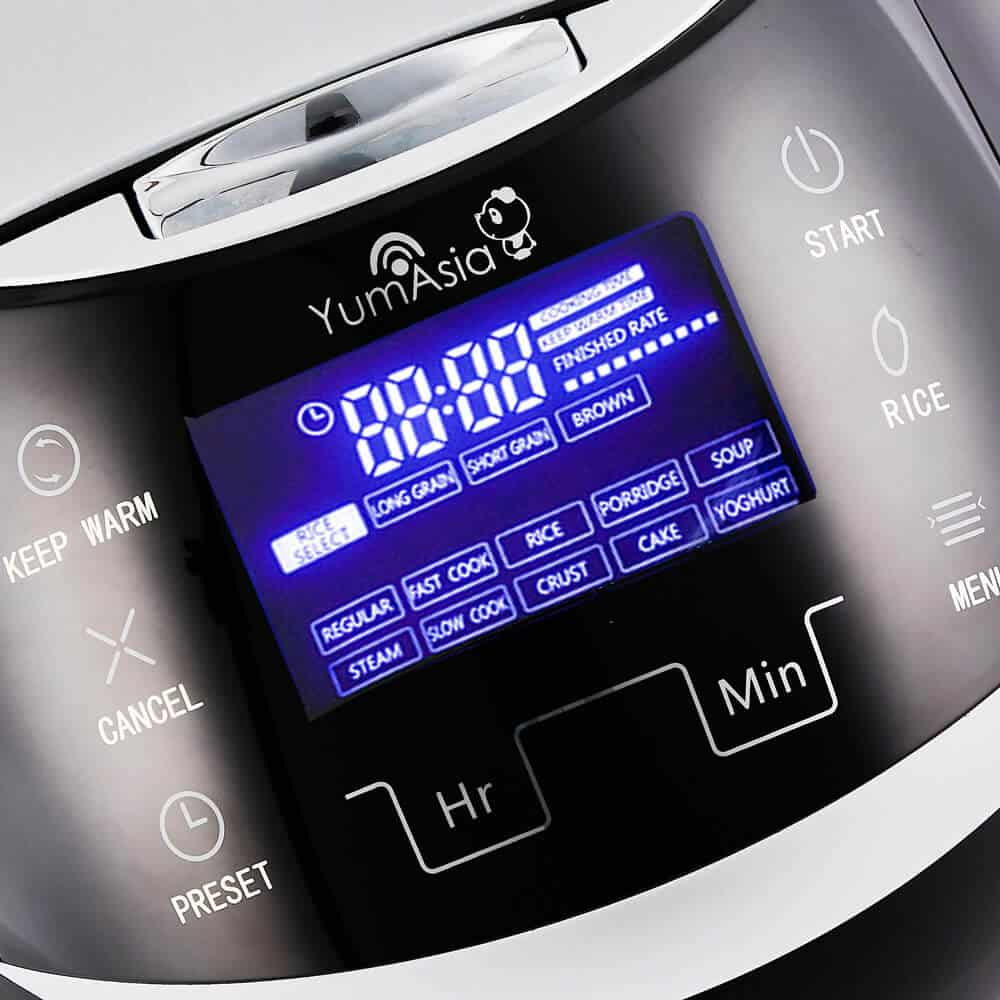
So To Conclude...
So there you have it! A brief delve into the nuances of rice cooker displays, their control panels and the accuracy of cooking time countdowns. Going forward we are not sure how more advanced rice cookers can become but this article is a good 'caveat emptor' for when thinking about the type of rice cooker you want, the reliability and accuracy of the technology used.
See here for the type of comparisons you should be making when choosing your ideal rice cooker rice cooker comparison









